- What We Do
- Agriculture and Food Security
- Democracy, Human Rights and Governance
- Economic Growth and Trade
- Education
- Environment and Global Climate Change
- Gender Equality and Women's Empowerment
- Global Health
- Humanitarian Assistance
- Transformation at USAID
- Water and Sanitation
- Working in Crises and Conflict
- U.S. Global Development Lab
Speeches Shim
Roadmap for Systematic Priority Setting and Health Technology Assessment (HTA)
Low- and middle-income countries (LMICs) struggle to reach and sustain universal health coverage due to limited and inefficient allocation of resources. Faced with a widening gap between rising health care needs and available resources, how can LMICs ensure efficient and equal health care? The new, practical guide, A Roadmap for Systematic Priority Setting and Health Technology Assessment (HTA), developed by Management Sciences for Health (MSH) and the USAID Medicines, Technologies, and Pharmaceutical Services (MTaPS) Program, with contributions from global experts in the field, can help countries bridge this gap and put them on a path toward self-reliance. Download here.
Engaging the Private Sector in Health System Resilience Efforts
A resilient health system can withstand everyday stressors and unexpected shocks, and ensures the continuous routine and emergency health services during times of calm and crisis. To adequately strengthen the health system to manage shocks, a range of partners need to be identified and engaged before an event occurs. The private sector has a crucial role to play in helping health systems and communities build and sustain resilience before, during, and after these shock events. This report from the USAID SHOPS+ project sets forth a strategic approach that can guide USAID missions in scaling private sector engagement in health system resilience (HSR) efforts.
Improving Health Care in Low- and Middle-Income Countries: A Case Book
USAID and the Applying Science to Strengthen and Improve Systems (ASSIST) Project published this new open access resource for health care improvement. The book features 12 cases on quality improvement from 11 countries in Africa, Asia, Eurasia, and Latin America that provide in-depth descriptions of what health services improvement efforts look like in practice. The book is useful for a range of audiences, including Ministry of Health policymakers, health care managers, health professionals, schools of public health and students of healthcare improvement, technical assistance agencies, and implementing partners. Download the book for free here.
25 Essential Resources for Health Care Quality Improvement: A Compendium of Resources from the USAID ASSIST Project 2012 - 2020
Since 2012, the USAID Applying Science to Strengthen and Improve Systems (ASSIST) Project has worked in over 40 countries, building the capacity of service delivery organizations and implementing partners to improve the effectiveness, efficiency, client-centeredness, safety, accessibility, and equity of the health and social services provided. As the project's parting contribution upon its closure in June 2020, ASSIST created this curated collection of 25 quality improvement (QI) resources that capture key learning. Bookmark this compendium of resources at https://www.urc-chs.com/assist. In addition, all video content from ASSIST will be available at https://bit.ly/ASSISTvideos.
World Health Worker Week 2020 Social Media Toolkit for Partners
Each year USAID recognizes World Health Worker Week through a week long social media campaign. Recognizing health workers this year is especially important as we witness them working tirelessly and taking personal risk to battle COVID-19. USAID is paying tribute to health workers this year by recognizing how important it is to prepare them with the right education and resources, and to recognize that they are on the frontline of the battle against infectious diseases. We have prepared this social media toolkit to provide USAID partners with key messages and examples of social media that highlights USAID's dedication to helping the health workers as an integral part of health systems around the world.
The Role of Digital Financial Services in Accelerating USAID's Health Goals
Digital financial services (DFS) provide health programs with opportunities to accelerate progress toward global health goals and outcomes. By leveraging DFS, United States Agency for International Development’s (USAID) global health program managers can improve health systems performance and support programmatic outcomes such as financial protection for vulnerable groups, delivery of essential health services, improved reach to marginalized communities, and increased health service demand and responsiveness.
Vulnerable households, communities, and countries face many challenges to better health and economic outcomes. Barriers to health, education, and livelihoods must be managed or overcome to identify pathways to resilience and prosperity. USAID defines resilience as “the ability of people, households, communities, countries, and systems to mitigate, adapt to, and recover from shocks and stresses in a manner that reduces chronic vulnerability and facilitates inclusive growth.” Simply, resilience is the ability of households, communities, and countries to manage and adapt to adversity without compromising their well-being. Research identifies sources of resilience that transcend sectors, underscoring the importance of a holistic approach to programming. Financial inclusion is one such source of resilience. It is defined as a state where individuals and businesses have access to useful and affordable financial products and services—transactions, payments, remittances, savings, credit, and insurance—that meet their needs, delivered in a responsible and sustainable way. Financial services contribute to resilience through investments that build assets that households and communities draw on in times of need. They also help speed recovery.
Inclusive Health Access Prize 2019 Fact Sheet
Launched in May 2019, USAID’s Inclusive Health Access Prize competition recognizes private sector organizations that are collaborating with the public health sector on locally-led innovations to improve accountability, affordability, accessibility, and reliability of health care for poor and vulnerable populations. Their approaches address local health challenges within the local health system and demonstrate a vision for expanding to new geographies and bringing primary health care to more people. The prize competition accepted nearly 400 applications from 68 countries with solutions ranging from community health worker models, to online blood banks, to “Uber” for ambulances, to digital health care payment accounts.
The judging panel selected five winners from Cameroon, India, Nigeria, and Senegal that have developed solutions to optimize health systems so that people receive the health care they need in ways they trust without having to pay too much or travel too far. Each of these solutions has the potential to be adapted, replicated, or scaled to other countries or local contexts to meet priority health care needs. For more information, please visit our prize web site: https://competitions4dev.org/healthaccessprize.
Access To Universal Health Coverage Through High-Performing Health Care
Achieving access to UHC requires contributions from public and private health institutions to meet a set of standards that collectively indicate high-performing health care. To help deliver on this aspirational goal, we work together to create high-quality health care that is Accountable, Affordable, Accessible, and Reliable.
ResilienceLinks
ResilienceLinks is a global knowledge platform for resilience practitioners, USAID staff, implementing partners, and the broader resilience community. It provides resources on how best to help people, households, communities, countries, and systems mitigate, adapt to, and recover from shocks and stresses in a manner that reduces chronic vulnerability and facilitates inclusive growth. The platform is a curated space where all partners can share resources, guidance, trainings, and evidence to strengthen and inform resilience work globally at USAID and beyond.
Additionally, using the title page (attached as the thumbnail pdf) for the thumbnail page, would you include "(New) The Role of Digital Financial Services in Accelerating USAID's Health Goals" under Resources too? Like the other documents, the thumbnail can link to the full brief, also attached as "DFS_Accelerating_USAID_HealthGoals.pdf". This can be at the top of the page, moving the Inclusive Health Access Prize down. The text next to the thumbnail can read: Digital financial services (DFS) provide health programs with opportunities to accelerate progress toward global health goals and outcomes. By leveraging DFS, USAID global health program managers can improve health systems performance and support programmatic outcomes such as financial protection for vulnerable groups, delivery of essential health services, improved reach to marginalized communities, and increased health service demand and responsiveness. This brief is intended for global health practitioners and implementing partners and demonstrates how DFS catalyzes health results by supporting USAID’s Health Systems Strengthening core functions and strategic outcomes.
From Fragile to Resilient Health Systems: A Journey to Self-Reliance
This report covers the findings from an event on health systems resilience hosted by USAID in March, 2019. It explores how health systems resilience can be achieved, given the competing demands on countries to scale cost-effective health services with scant resources while continuing to be accountable to meet immediate public health needs, both routine and unexpected. Videos of meeting presentations are also online on MEASURE Evaluation’s YouTube channel at https://www.youtube.com/user/measureevaluation.
Tools and Initiatives
The Joint Statement from USAID and International Organizations on the Implementation of Primary Health Care [PDF, 73KB]
In anticipation of the renewed Declaration on Primary Health Care, USAID and several international organizations agreed to this statement identifying key principles for primary health care implementation.
USAID's Vision for Health Systems Strengthening
[PDF, 1.6MB]
Health Systems Strengthening (HSS) has been at the core of the USAID mission in health for the last 20 years. Governments and donors acknowledge USAID as a valued partner in HSS because of our contributions of critical resources, technical expertise, leadership, and in-country presence. Many actors – development partners, non-governmental organizations, other civil society organizations, and public-private partnerships – increasingly are targeting their substantial resources to HSS. USAID’s Vision for Health Systems Strengthening focuses on our work to achieve four strategic outcomes: financial protection, essential services, population coverage, and responsiveness.
HSS Monitoring, Evaluation and Learning Guide
The Health System Strengthening (HSS) Monitoring, Evaluation and Learning (MEL) Guide by USAID and MEASURE Evaluation is designed to help change common perceptions that HSS is “too complex to measure.” Intended for USAID staff and HSS practitioners, the guide provides methods and techniques on how to monitor the progress of HSS projects and how to assess the linkages between HSS interventions and health system outcomes and impact.
Health System Assessment Approach (HSAA)
Health System Assessment Approach (HSAA) has been widely used in the developing world to diagnose health systems performance and to capture system-wide information to better inform health sector planning. The HSAA looks at the entire health system, including governance, health financing, health services delivery, human resources, pharmaceutical management, and health information systems, plus the private sector, which is an important yet often overlooked part of the health system.
The HSAA v3.0 represents the collective experience of application in 25 countries across Asia, Africa, and Latin America and the Caribbean between 2006 and 2012. USAID and its partners have used the health system assessment results to inform national strategic plans, PEPFAR partnership frameworks, grant applications, and numerous other health systems strengthening and programmatic activities. Stakeholder engagement is emphasized throughout the application of the approach, to ensure buy-in to the assessment process and findings, and sustainability of follow-up.
Community Health Roadmap
The Community Health Roadmap was initiated in early 2018 to increase coordination, alignment, and investments into Primary Health Care delivered at the community level. The main focus of the Roadmap is to highlight national investment priorities, as well identify cross-country investment objectives to help inform funders and offer a platform to align efforts. It is being guided by a steering committee that includes USAID, UNICEF, the Rockefeller Foundation, the World Bank, and the Bill & Melinda Gates Foundation, with participation from a range of other partners and experts. The Roadmap will be formally launched in 2019.
Community Health Worker Assessment and Improvement Matrix [PDF, 1.6MB]
To harness the potential of community health workers (CHWs) to extend health services to poor and marginalized populations, there is an urgent need to better understand how CHW programs can be optimized.
To support quality CHW program design and implementation, USAID, UNICEF, the Community Health Impact Coalition, and Initiatives Inc. have updated and adapted the Community Health Worker Assessment and Improvement Matrix (CHW AIM) Program Functionality Matrix tool. This tool can be applied at district, regional, and national levels to identify and close gaps in design and implementation and, ultimately, enhance program performance.
Community Health Systems Catalog
Utilizing comprehensive country profiles, the Advancing Partners and Communities "Community Health Systems Catalog" shows trends in community health across 25 countries. The catalog provides the latest information on these countries’ community health systems, including how policies are supporting community health programs and access to key interventions.
Systems for Improved Access to Pharmaceuticals and Services
Over its six years working in dozens of countries, the USAID-funded Systems for Improved Access to Pharmaceuticals and Services (SIAPS) Program has worked in partnership with countries and organizations to carry out pharmaceutical systems strengthening interventions that have helped countries deliver affordable, quality-assured medicines and related products and services. SIAPS recently issued a global call for case studies of sustained improvements in pharmaceutical systems in low- and middle-income countries. Explore their microsite, introduction, methodology, and case studies to learn more.
Governance Roadmaps Toward USAID Priority Health Targets
These governance roadmaps are practical guides to better understand the role of governance at various levels of the health system in the advancement of USAID's priority health areas, Controlling the HIV/AIDS Epidemic and Preventing Child and Maternal Deaths. They allow for the identification of barriers and governance actions to overcome them, provide lessons from others in similar settings, and tools and resources to support governance actions.
Health Systems Benchmarking Tool
Donors and country health planners need to compare health system performance among countries and administrative units to benchmark performance and make informed investments and decisions. Before, no global tools were available for benchmarking health system functions, outcomes, and impact. USAID's Health System Benchmarking Tool (HSBT) is designed for health system managers and administrators, policy makers, and monitoring and evaluation experts. The HSBT helps to standardize the process of tracking health systems indicators to provide answers to policy and programmatic questions. These include indicators for low- and middle-income countries, including indicators ones focusing on the ending preventable child and maternal deaths, achieving an AIDS-free generation, and protecting communities from infectious disease.
HSBT can highlight a health system’s strengths and weaknesses, especially when compared with other countries with similar socio-economic, demographic, or gender empowerment characteristics. A unique feature of the tool is its clustering function. Users can match countries’ socio-economic characteristics to control for their effects before comparing health system indicators. The Excel-based tool can be downloaded to be accessed offline.
Additional highlights of HSBT:
- Displays data sets for 142 countries covering socio-economic, demographic and gender and health system functions, outcomes, and impact indicators (2000–2014).
- Allows for comparison of indicator(s) over time by countries, countries within regions, and countries by income groups.
- Recognizes trends in health system indicators from 2000 to 2014.
- Can identify countries with best and worst health system indicators by region, income group, or by a selected group of countries.
- The data set can be imported in any statistical software for inferential analysis.
IDEA: International Data and Economic Analysis
Use IDEA to explore data across 8 sectors in USAID's partner countries. The data visualization site provides users with country dashboards, analytical products, global reports, and global health tools.
To learn more about how to use IDEA, please visit idea.usaid.gov.
Reports
30 Years of the Child Survival and Health Grants Program [PDF, 26.5MB]
This report provides evidence for how investments in primary health care–with empowered communities as a strong foundation of the system–improve health outcomes and equity and accelerate national progress toward universal health coverage and sustainable development goals. The Child Survival and Health Grants Program (CSHGP) (1985 to 2017) mobilized U.S. citizens, national and local governments, civil society organizations and communities in 65 countries to reduce mortality and morbidity through improved health and nutrition status and equity. The report uses robust data and case studies to demonstrate how partnership across sectors, particularly with civil society organizations, helps empower families and communities to make informed decisions about their health.
Acting on the Call Report 2017: A Focus on Health Systems
By focusing on building strong and resilient health systems, USAID can save the lives of 5.6 million children and 260,000 women from 2016-2020.
The 2017 Acting on the Call Report details how a focus on health systems will enable the delivery of essential, quality health services and ensure that they reach the most vulnerable and underserved populations. It also includes country-by-country updates on progress made in the past year in 25 priority countries. For the first time ever, the 2017 report provides quantitative estimates of the value of investing in strengthening health systems by calculating the lives of women and children that will be saved. Healthy women and children are one of the best indicators of national stability and progress. By working with governments to build strong health systems, we are helping to build and maintain resilience and security for the U.S. and around the world. Scaling up health systems activities, chosen for their country-specific feasibility, is an essential element of our efforts to save 15 million children and 600,000 women between 2012 and 2020.
Impact Of Health Systems Strengthening On Health
The effects of health systems strengthening on health status and related outcomes, have not been comprehensively reviewed or captured in a single document. To address this knowledge gap, the Health Finance and Governance (HFG) Project conducted a review of published systematic literature reviews that assessed the effects of health systems strengthening interventions on health status and health system outcomes (service utilization, quality service provision, uptake of healthy behaviors, and financial protection) in low- and middle-income countries (LMICs).
Marshalling the Evidence: A Status Report [PDF, 2.0MB]
Marshalling the Evidence Initiative is an integrated approach synthesizing and generating evidence to enhance our understanding of the impact of HSS on health systems performance and health outcomes.
As low- and middle-income countries embark on a path toward universal health coverage, this evidence gap could continue to hinder support for HSS from numerous stakeholders. The field of HSS is relatively young, and systems-level interventions are inherently complex; consequently, the evidence base for HSS reforms and interventions and their impacts on health outcomes is limited and less robust than for technical health interventions. To enhance its understanding of the impact of HSS on health systems performance and health outcomes, USAID has adopted an integrated approach to marshalling the evidence on this relationship. This initiative comprises 11 activities.
Leadership, Management, and Governance Evidence Compendium [PDF, 1.0MB]
This compendium draws on existing evidence documented in peer-reviewed and grey literature to describe the mechanisms through which change occurs within the health system. It examines the links between Leadership, Management, and Governance (L+M+G) capacity-strengthening efforts and health system performance within each of the other building blocks through five briefs that discuss the evidence that illustrates L+M+G's role in the health system and the mechanisms through which L+M+G influences health system functioning.
Fostering PEPFAR Sustainability through Leadership, Management, and Governance [PDF, 995KB]
The purpose of this literature review is twofold: (a) to understand how a L+M+G lens can be applied across the four domains of PEPFAR's Sustainability Framework;1 and (b) to identify examples of L+M+G practices in the transition from donor-dependent to country-owned, sustainable national HIV programs.
Impact of Health Systems Strengthening on Health
Leaders in low- and middle-income countries (LMICs) require timely and compelling evidence about how to strengthen their health systems to improve the people's health and well-being. Yet, evidence on how to strengthen health system performance to achieve sustainable health improvements at scale, particularly toward ending preventable child and maternal deaths (EPCMD), fostering an AIDS-free generation (AFG), and protecting communities against infectious diseases (PCID) is limited. The evidence that does exist is scattered, insufficiently analyzed, and not widely disseminated. Without evidence, decision-makers lack a sound basis for investing scarce health funds in health systems strengthening in an environment of competing investment options.
The USAID report, presents a significant body of evidence linking HSS interventions to measurable impact on health for vulnerable people in LMICs based on a review of systematic reviews of the effects on health of HSS. Making decisions on who delivers health services and where and how these services are organized is important to achieve priority health goals such as EPCMD, AFG, and PCID. The findings of this report document the value of investing in HSS.
Webinars and Podcasts
ASSIST Legacy Webinar Series
Since 2012, USAID has funded the USAID Applying Science to Strengthen and Improve Systems (ASSIST) Project to improve health care service delivery, strengthen health systems and advance the frontier of improvement science in USAID-assisted countries. The ASSIST Legacy Webinar Series (#ASSISTLegacy) explores some of the project’s most important results and learning in the past five years to achieve an AIDS-free generation, prevent child and maternal deaths, and effectively combat other public health threats.
Advancing Health Systems Podcast
The “Advancing Health Systems in low-and-middle income countries” podcast is part of the Health Finance and Governance (HFG) project, a large health system strengthening project funded by USAID and led by Abt Associates. This mini-series will help listeners appreciate why health finance and governance must be addressed when working to improve health outcomes, and will include episodes which delve into the dynamics of topics like domestic resource mobilization for health, expanding access to healthcare through insurance, and the importance of “good governance” in creating responsive, patient-centered health systems. Listen today on iTunes, Soundcloud, or Stitcher!

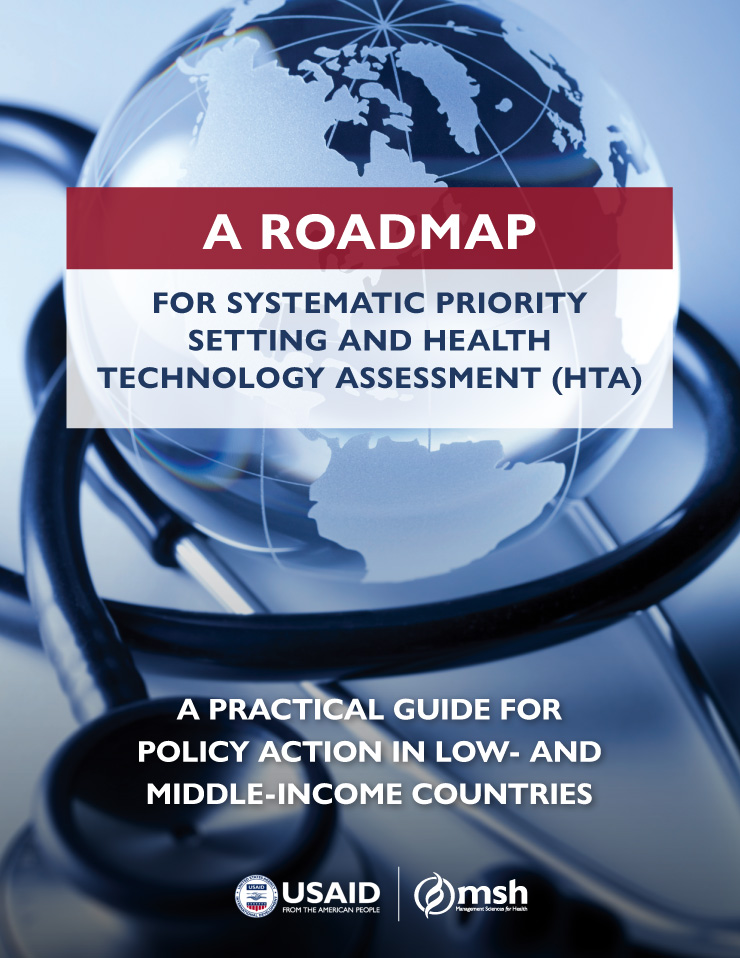
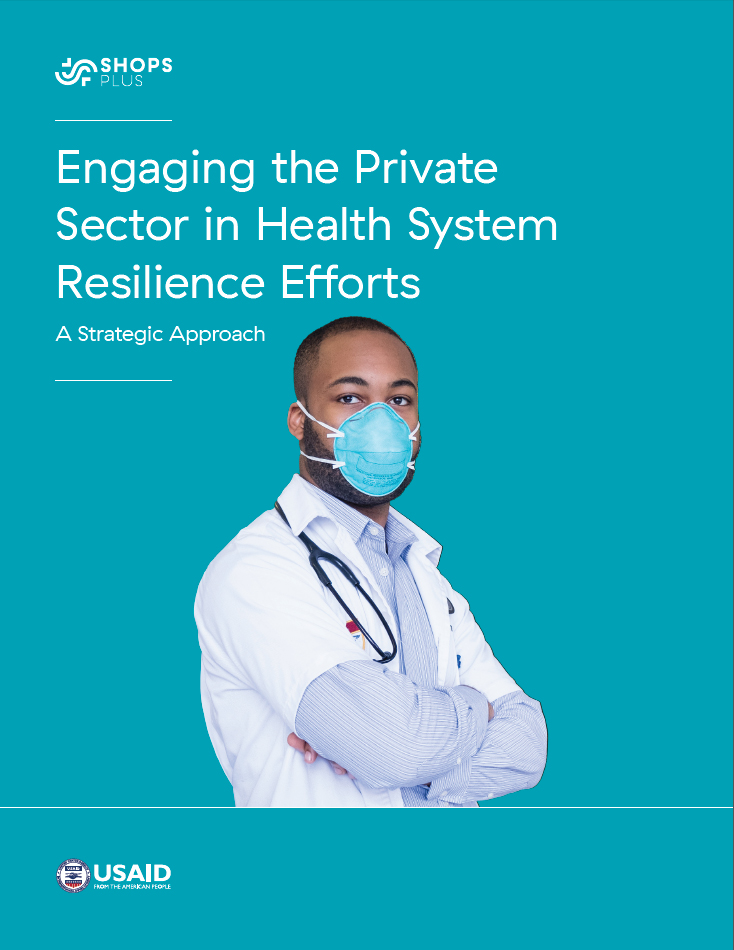
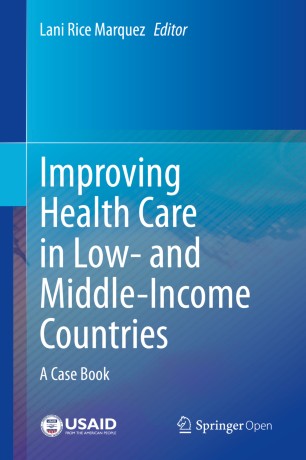

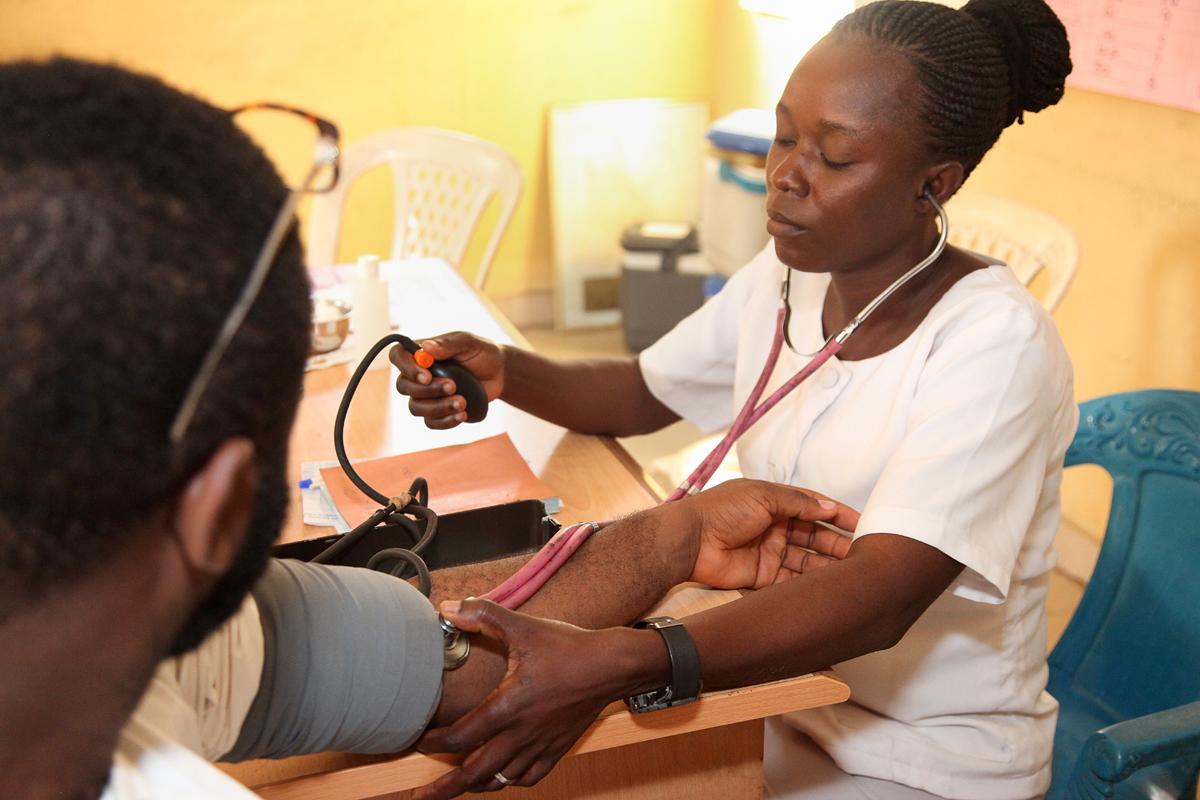
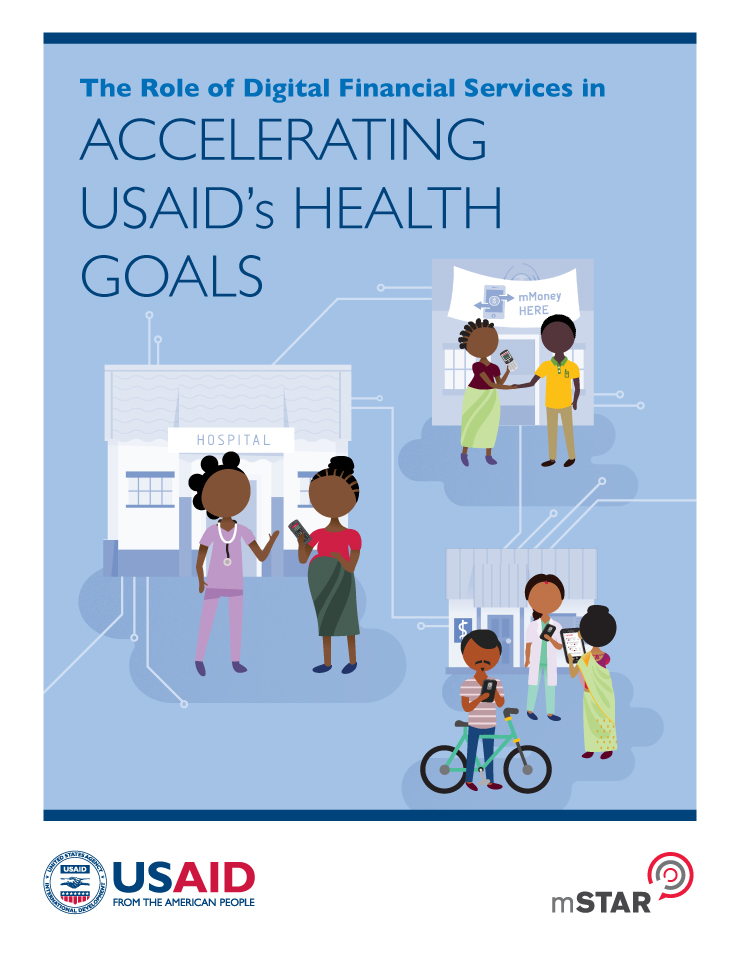
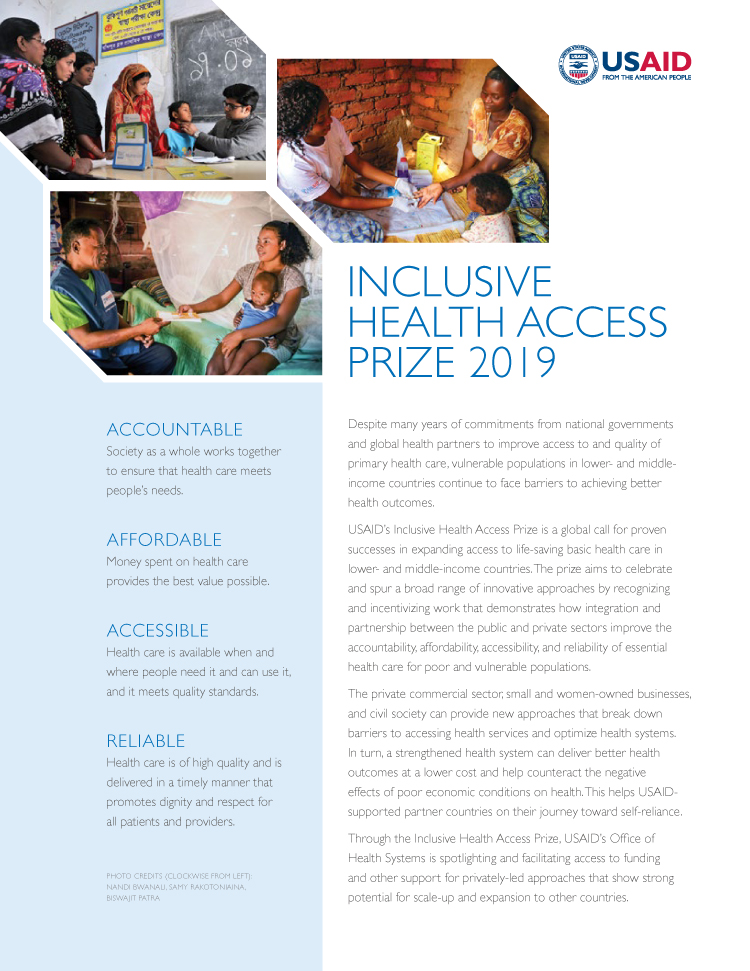
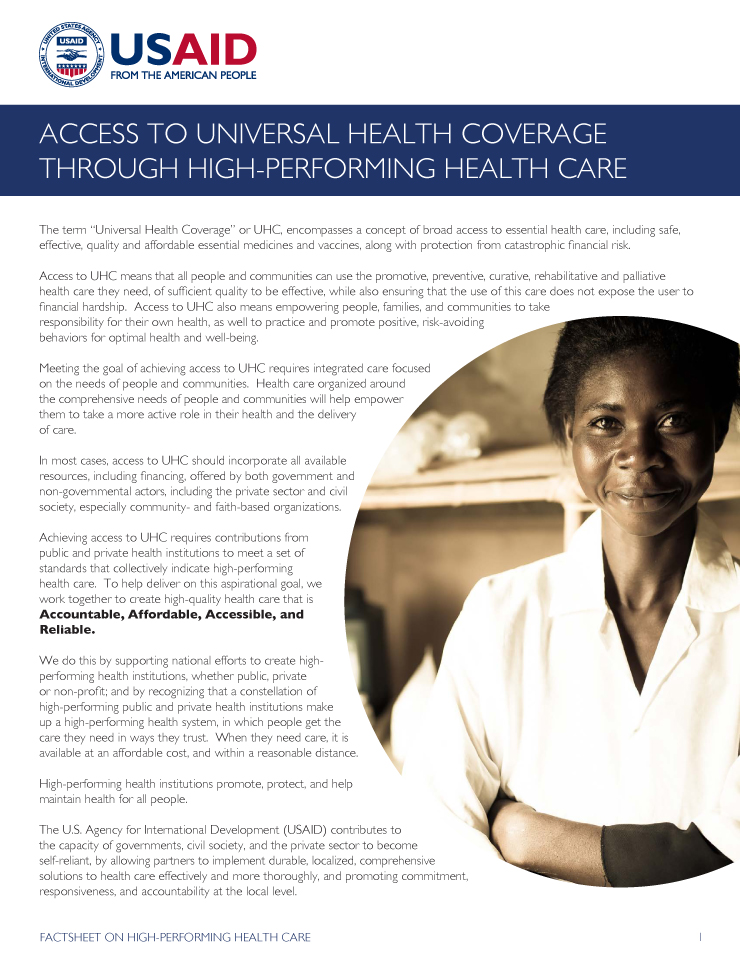

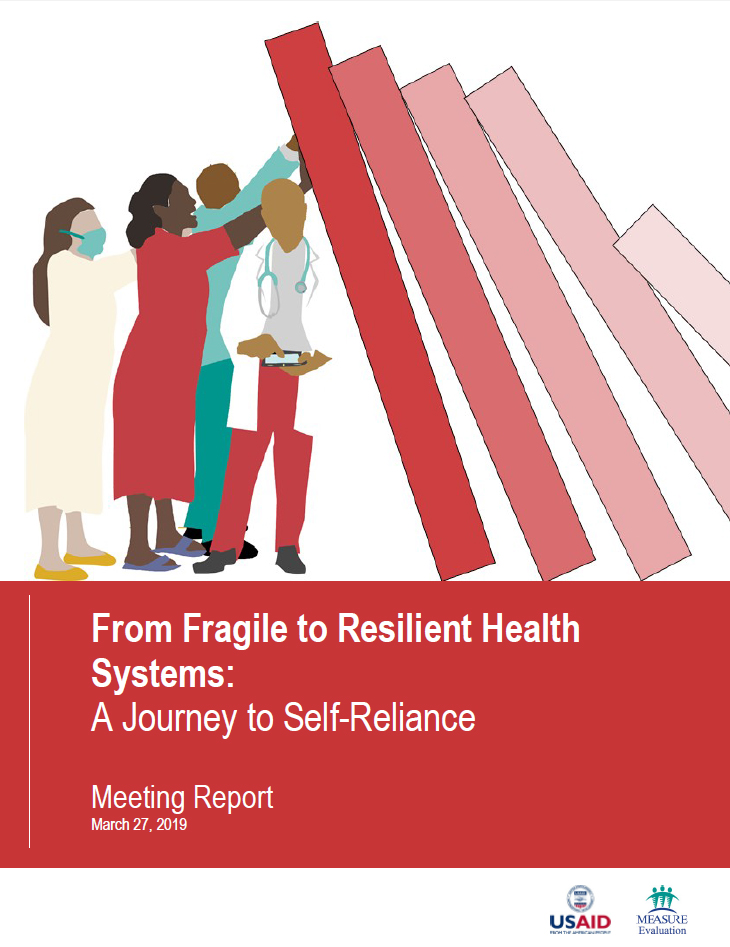
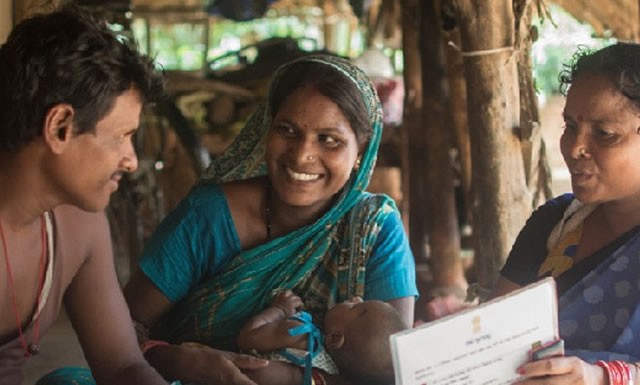
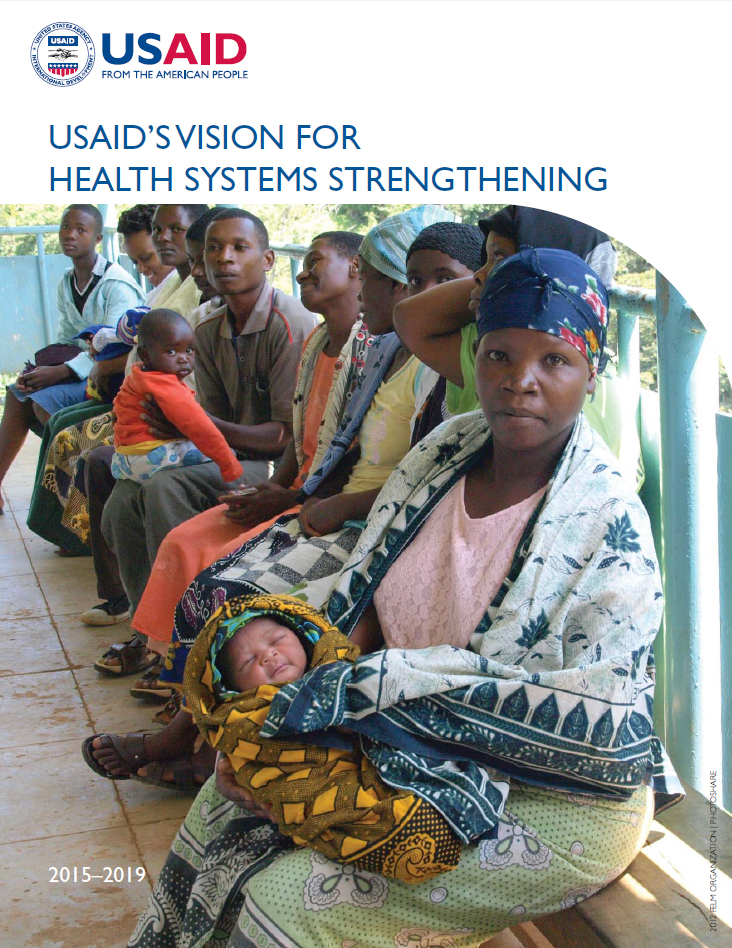
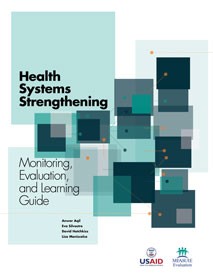
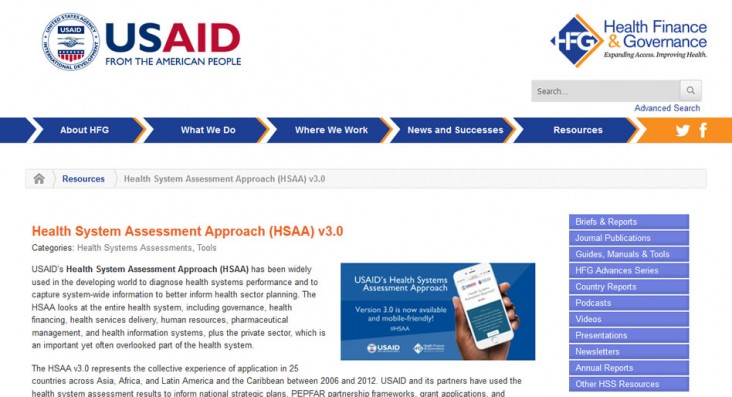
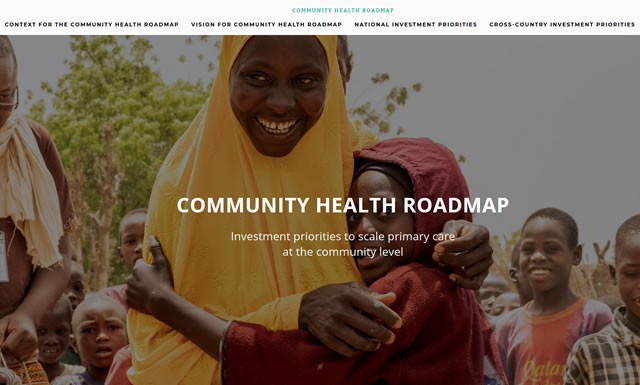
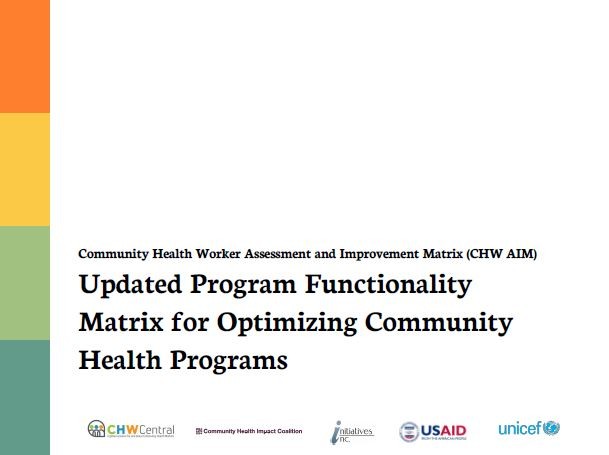
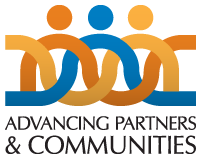


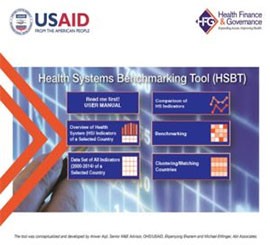
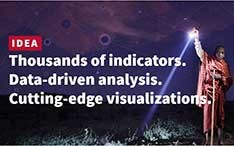


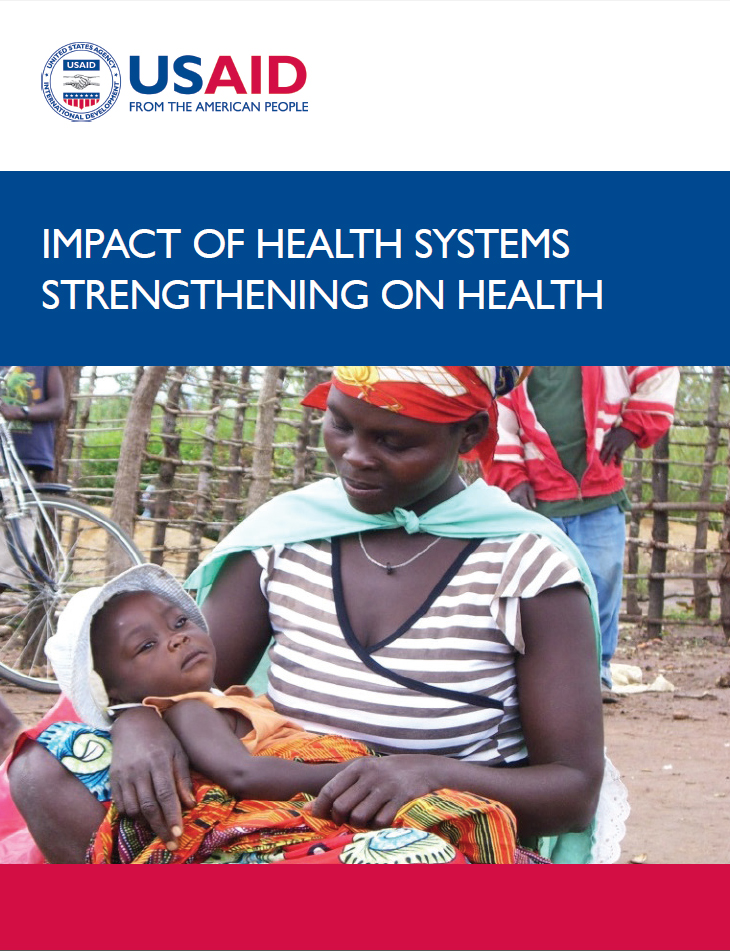
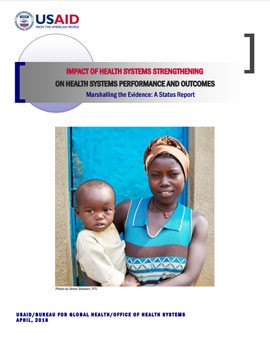
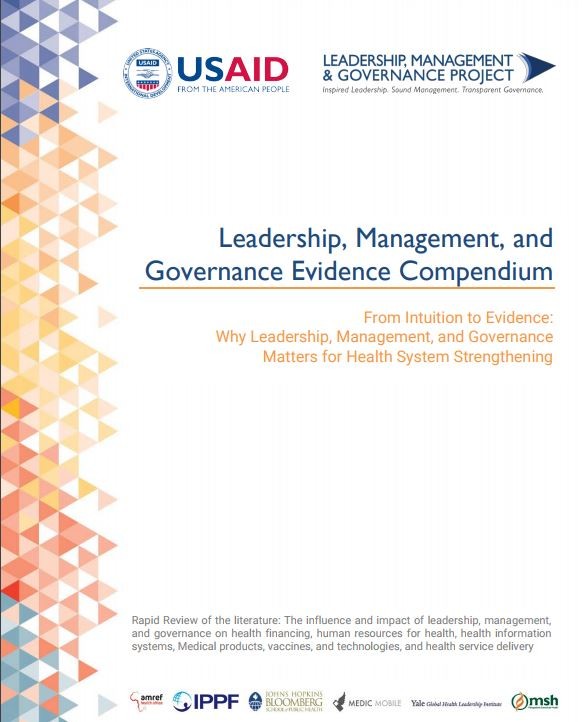
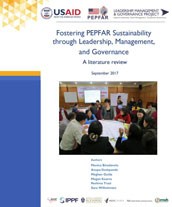
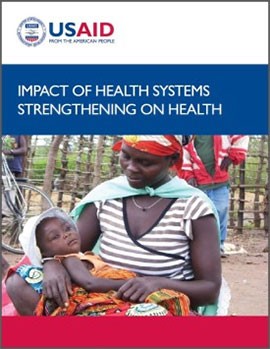
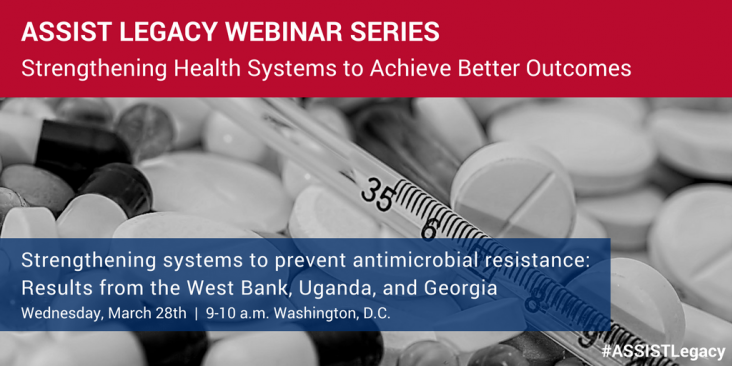

Comment
Make a general inquiry or suggest an improvement.